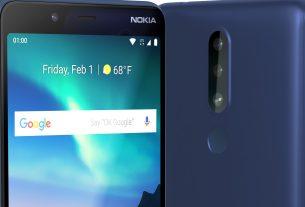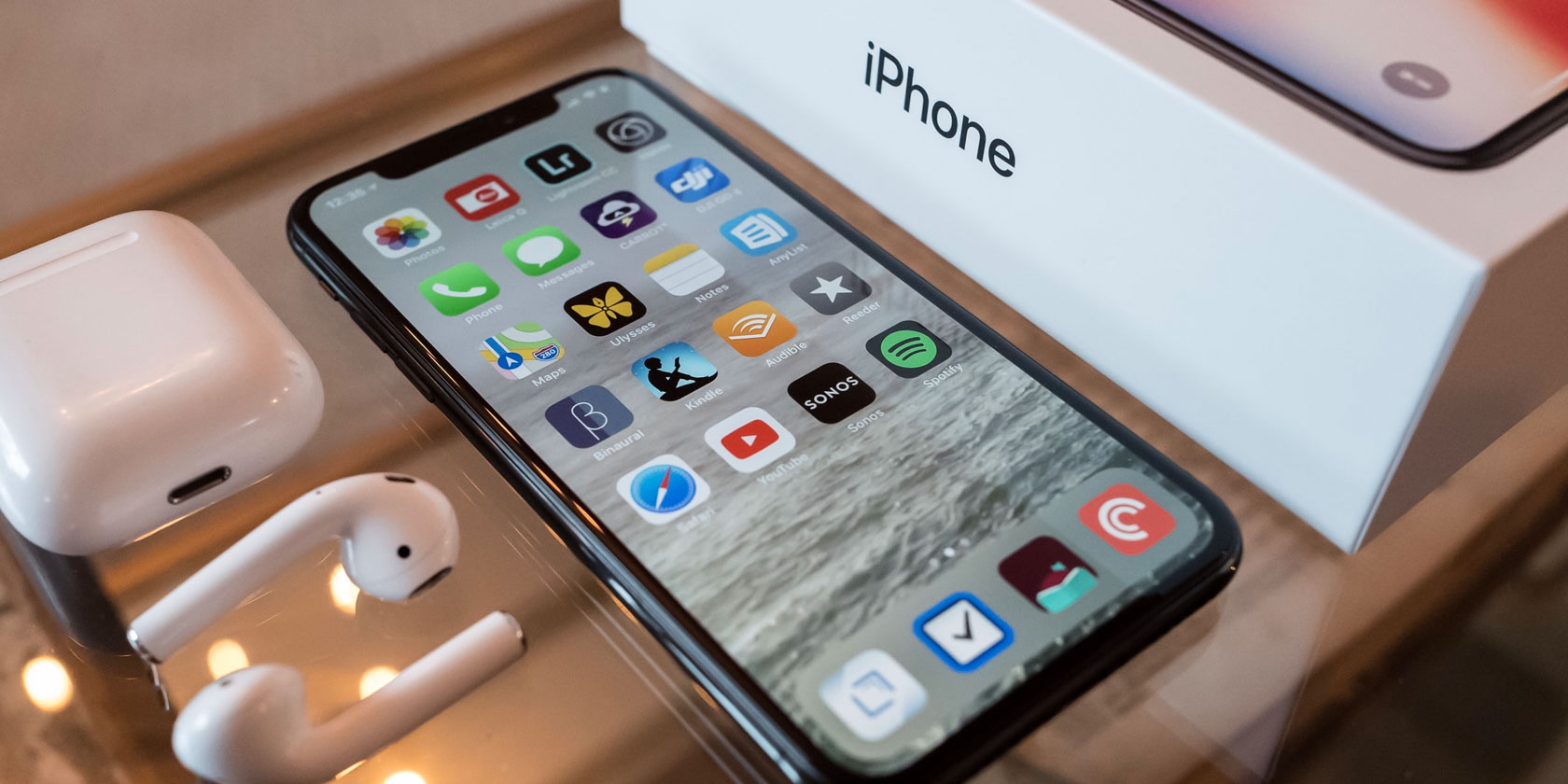
If you’re usually quick to respond to text messages, people might worry if you don’t reply for a while. Thankfully, it’s easy to set up automatic text replies on Android.
Using a few apps, you can send auto-responses to people who try to contact you while you’re driving, in a meeting, or otherwise occupied. Here’s how to auto-reply to texts on Android.
Automatically Respond While Driving With Android Auto
If you’re primarily interested in automatic responses while driving, Android Auto lets you respond to texts with one tap. This applies whether your car has an Android Auto-compatible unit or you use the Android Auto app on your phone.
To set up automated text responses in Android Auto, first open the app. Slide out the left sidebar and choose Settings. Under the Notifications section, tap Auto reply. Here, you can customize the text that appears when you auto-respond to a message.
Make sure you have the Show message notifications and/or Show group message notifications toggles enabled, too. Otherwise, you won’t know when a message comes in and can’t auto-respond.
Now, when you see a notification come in for a message, you can hit the auto-response field to send your automated message with one quick tap. Plus, this works for all Android Auto-supported messaging apps (such as WhatsApp and Telegram), not just SMS. While it’s not fully automated, it’s a safer way to respond on the road when needed.
Be sure to check out the best Android Auto apps to get more use out of the service.
Download: Android Auto (Free)
Use the SMS Auto Reply App
The above is great for driving, but there’s much more you can do to auto-reply to texts on Android. One of the best apps for the job is SMS Auto Reply Text Message, which offers most of its features for free.
Download: SMS Auto Reply Text Message (Free, in-app purchases available)
Getting Started With SMS Auto Reply
After installing the app, you can walk through the basic overview and start making your own auto-response rules. Tap Add/Edit on the home screen to start one.
At the top, you’ll see the Busy template is selected by default. You can tap this to change it to others like Driving, Meeting, or Movie. Each one has its own preset message, which you can edit in the Message field.
If you want to create a new response template, tap the Plus icon at the top-right and give it a name. Before moving on, make sure you have SMS selected under Select channel to reply to so the responder works on text messages.
Messages for Specific Contacts
Next, you can optionally choose to send a personalized message to particular contacts. This allows you to leave a more personal note for people you know well or are expecting a message from, for example.
Tap the Pencil icon next to Personalized List to select contacts or contact groups that the specific message should go to. Once you choose the contacts, type out the message for them.
You’ll also see a Don’t Reply List field. This allows you to specify numbers that you don’t want to auto-respond to. For instance, you can exclude automated numbers like bank alerts.
When you’re done, tap Save to keep your changes to the current template.
Setting a Time Period for Responses
Next, you’ll want to set up a time for the auto-responder to run. Choose Set Time on the editing or home page to configure this.
Use the From and To fields at the top of the screen to set when the service should be active. From there, you have three options for how responses work:
- Choose Run by Time to activate the responder during the chosen times every day.
- Run by Date will respond to messages in the time period you’ve selected, during a period of dates that you choose.
- Select Run by Week Days to use the responder for the time period you’ve selected only on certain days of the week. Check the Repeat Weekly box if you want it to run the same way in the coming weeks.
Tap Save and you’ll go to the On/Off screen. Here, the app will let you know that due to Android limitations, it only works with SMS text messages. This means it’s not compatible with missed calls and MMS as it once was.
Toggling Auto-Responses
On the Turn ON/OFF page, you’ll see all the auto-response rules you’ve created. If you’d like to create different profiles for different times or groups of people, you can repeat the above steps to set up as many rules as you like.
To finally enable auto-responses, enable the slider next to a rule. When you do this, the app will prompt you to enable notification access so it knows when you get a text message. It also asks you to disable battery optimization and allow unrestricted data access so it can run properly.
This is a lot of permissions to grant, but is necessary for the app to function as intended.
When a rule is currently running, you’ll see it highlighted in blue on this page.
Auto Responder Settings and Other Features
That’s all you need to get started with SMS Auto Reply. The service has a few extras that you should know about, however.
Once a rule has come into effect, tap Reports on the home screen to view information about what messages it sent while that profile was active. On the left sidebar, you can use the Backup tool to save your configurations to Google Drive.
Also on this sidebar, you’ll find a Settings menu that’s worth examining. For instance, enable Send only one reply and the app won’t respond to multiple messages from the same person in a time period. Under Reply rules, you can also choose to respond only to your contacts, non-contacts, or personalized lists.
You can also choose to ignore short numbers, which is a good idea since most automated messages come from short code numbers.
Auto Reply offers a few in-app purchases to unlock more features. These include auto-responding to messages from Facebook and WhatsApp, setting an alarm when rules end, and adding a default state. It costs $ 4.49 for everything (including ad removal), which is worthwhile if you use the service often.
More Auto-Response Options With IFTTT
If you don’t like the above solution for some reason, you can always create your own auto-responses with IFTTT.
First, sign up for IFTTT and activate the Android SMS service by installing the app on your Android phone. From there, you can use Android text messages as both triggers and actions for new applets.

You’re only limited by your creativity here. For example, you might use the New SMS received matches search trigger to catch messages containing certain words. The action could then send an SMS in response letting them know that you’re not available.
There’s a lot to digest with IFTTT, so check out our complete IFTTT guide to help you on your way.
Download: IFTTT (Free)
Auto-Replying to Text Messages Made Easy
We’ve looked at a few ways to send auto-response texts on Android. Whether you just want an easy way to let people know you’re driving or wish to dive into a full setup with multiple profiles, you won’t have to leave anyone waiting for a response again.
To get even more out of texts, check out how to schedule SMS on Android and the best services that put SMS to good use.
Read the full article: How to Send Automatic Replies to Text Messages on Android

















